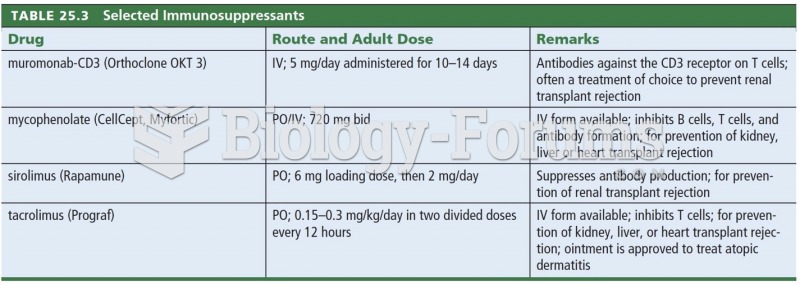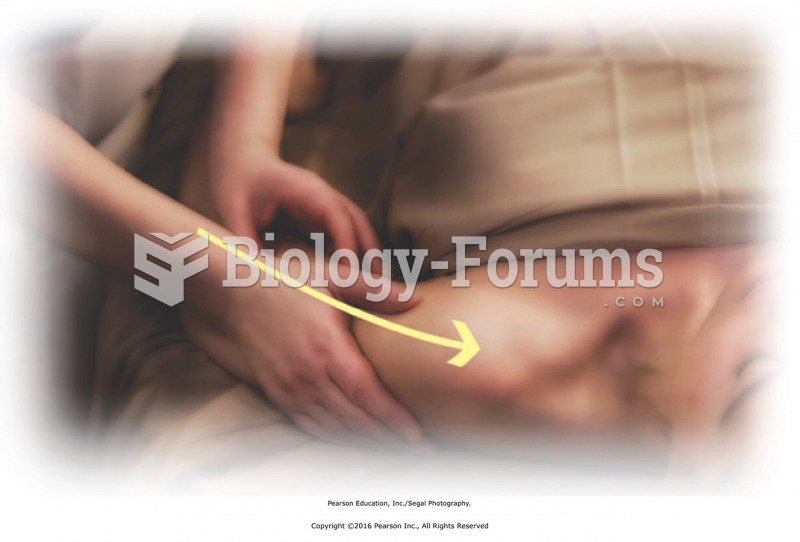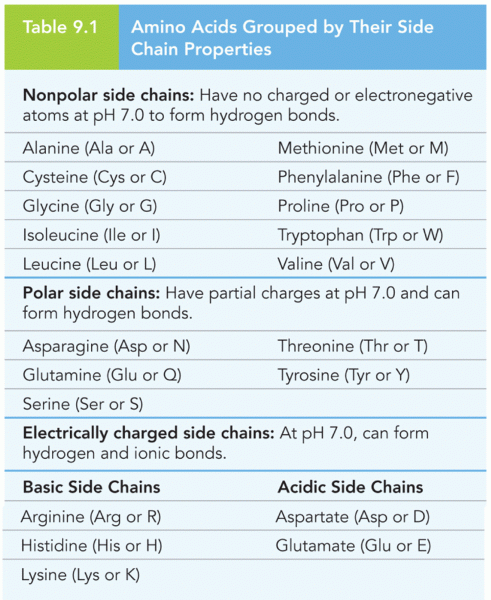Answer to Question 1
B
Answer to Question 2
A licensing agreement specifies the nature of the relationship between the owner of intellectual property, the licensor, and the user of the property, the licensee. High-technology firms routinely license their patents and know-how to foreign companies. For example, Germany's Cognitec licensed the use of its face recognition technology to U.S. chip manufacturer Intel, which will use the technology to control access to laptops, tablets, and similar devices.
Upon signing a licensing contract, the licensee pays the licensor a fixed amount up front and an ongoing royalty of typically 2 to 5 percent of gross sales generated from using the licensed asset. The fixed amount covers the licensor's initial costs of transferring the licensed asset to the licensee, including consultation, training in how to deploy the asset, engineering, or adaptation. Certain types of licensable assets, such as copyrights and trademarks, may have lower transfer costs. The royalty percentage may escalate with increasing sales.
A typical licensing contract runs five to seven years and is renewable at the option of the parties. Initially, the licensor provides technical information and assistance to the licensee. Once the relationship has been established and the licensee fully understands its role, the licensor usually plays an advisory role but has no direct involvement in the market and provides no ongoing managerial guidance. Most firms enter into exclusive agreements, in which the licensee is not permitted to share the licensed asset with any other company within a prescribed territory. In addition to operating in its domestic market, the licensee may also be permitted to export to other countries.
If the licensor is an MNE, it may enter a licensing arrangement with its own wholly or partly owned foreign affiliate. In this case, licensing is an efficient way to compensate the foreign affiliate, especially when it is a separate legal entity, and transfer intellectual property to it within a formal legal framework. Licensing agreements can present risks to firms in foreign countries. From the licensor's standpoint, licensing is a relatively passive entry strategy. Profits tend to be lower than those from exporting or FDI, and licensing does not guarantee a basis for future expansion. To earn royalties, the licensor must rely on the licensee's sales and marketing prowess. A weak partner will provide only meager royalties. Also, licensing provides limited control over how the licensor's asset is used. If the licensee produces a substandard product, the licensor's reputation can be harmed. To avoid such problems, experienced firms require foreign licensees to meet minimum quality and performance standards.
If the licensee is very successful, the licensor may regret not entering the market through a more lucrative entry strategy. Because licensing requires sharing intellectual property with other firms, the risk of creating a future competitor is substantial. The rival may exploit the licensor's intellectual property by entering third countries or creating products based on knowledge gained in the relationshi







